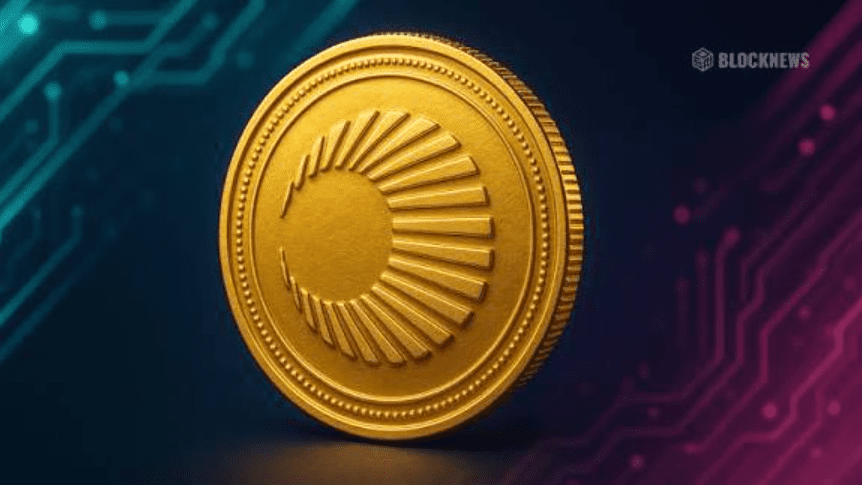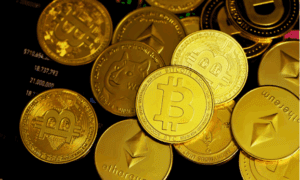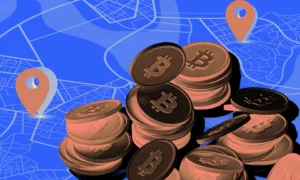Click here to bridge from Ethereum to XPL
Bridging assets from Ethereum to the Plasma Network (XPL) requires an understanding of both networks’ architectures and a careful, stepwise approach to preserve funds and ensure finality. Plasma is an EVM-compatible, stablecoin-focused Layer-1 that prioritizes near-instant, low-fee transfers and uses XPL as its native gas and security token; official documentation and ecosystem guides describe Plasma as a dedicated payments layer designed for large stablecoin flows.
First, prerequisites and high-level mechanics should be noted. A compatible wallet (for example, MetaMask configured for Ethereum) and an account able to sign transactions on both Ethereum and Plasma are necessary. Bridging typically uses a trust-minimized bridge contract or a custodial gateway operated by the Plasma bridge; the chosen bridge locks or burns the source token on Ethereum and mints a corresponding representation on Plasma, or it performs a custody transfer that issues equivalent tokens on XPL. Official developer docs explain bridge flows, event finality, and the on-chain obligations of liquidity vaults and relayers.
A recommended stepwise procedure follows best practices observed across Plasma documentation and community guides. First, confirm the correct bridge interface and smart contract addresses via official Plasma resources or well-known custodial partners; phishing sites and bogus bridges have caused losses in prior industry incidents. Next, ensure a small ETH balance to cover gas for the initial Ethereum deposit transaction and a small XPL balance for subsequent Plasma on-chain operations. After wallet connection, the bridging flow commonly requires approval of the ERC-20 token to the bridge contract, submission of a deposit transaction on Ethereum, and monitoring of on-chain confirmations until the bridge acknowledges the lock or custody event. Once the bridge relayer finalizes the deposit, the corresponding tokenized asset becomes available on Plasma. Practical user guides outline gas considerations and typical confirmation counts for security.
Security and operational caveats deserve emphasis. Verification of contract addresses against official Plasma channels and block explorers (such as PlasmaScan) prevents interactions with malicious contracts. Bridges that claim “instant” minting may rely on off-chain custodians or federations; trust assumptions vary by bridge design and should be evaluated against the project’s threat model and documentation. For high-value transfers, splitting the amount into smaller test deposits and allowing sufficient time for network finality and bridge receipts reduces exposure.
Finally, bridging back from Plasma to Ethereum follows a withdrawal/exit procedure that often requires a challenge or waiting period for finality, depending on the bridge’s security model; this means funds may not be immediately available on Ethereum and must be claimed after the bridge verifies the Plasma burn/lock event. Ongoing monitoring of Plasma’s official docs and community channels is recommended because bridge UX, gas-token policies, and validator sets evolve as the network scales.
In summary, a secure bridge operation requires verification of official resources, careful gas planning on both chains, usage of audited bridge contracts, and awareness of withdrawal finality windows. Consulting Plasma’s technical documentation and reputable exchange or wallet guides prior to any transfer will minimize operational risk and align the transfer with current network best practices.



































